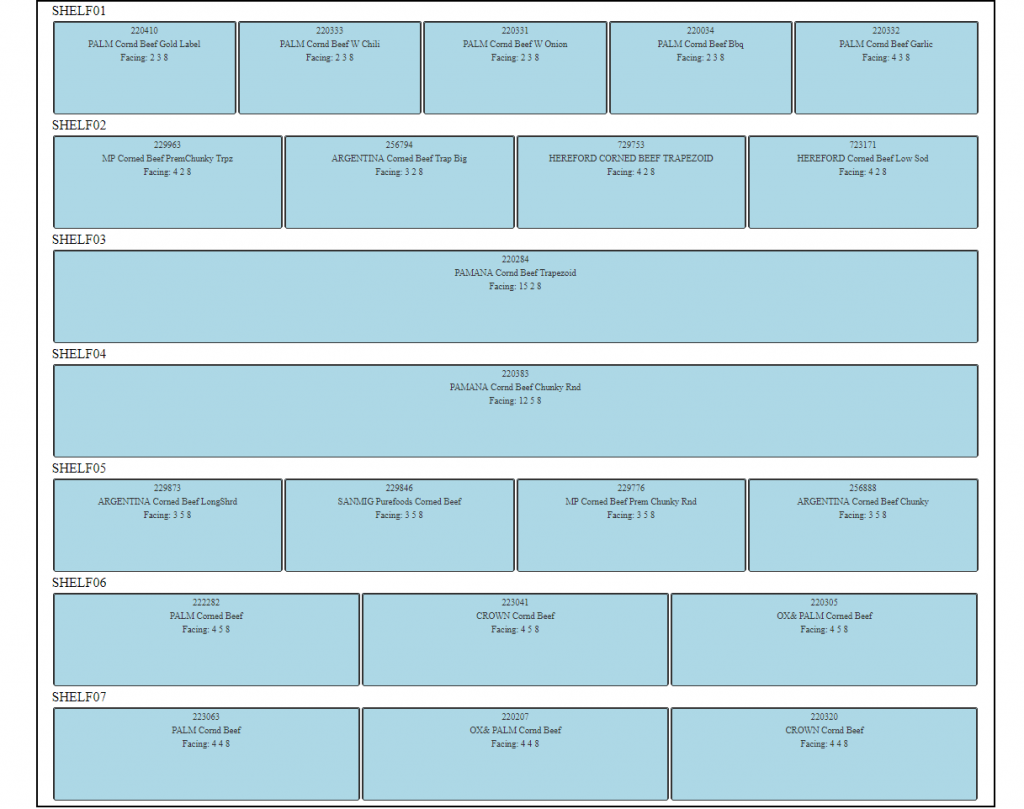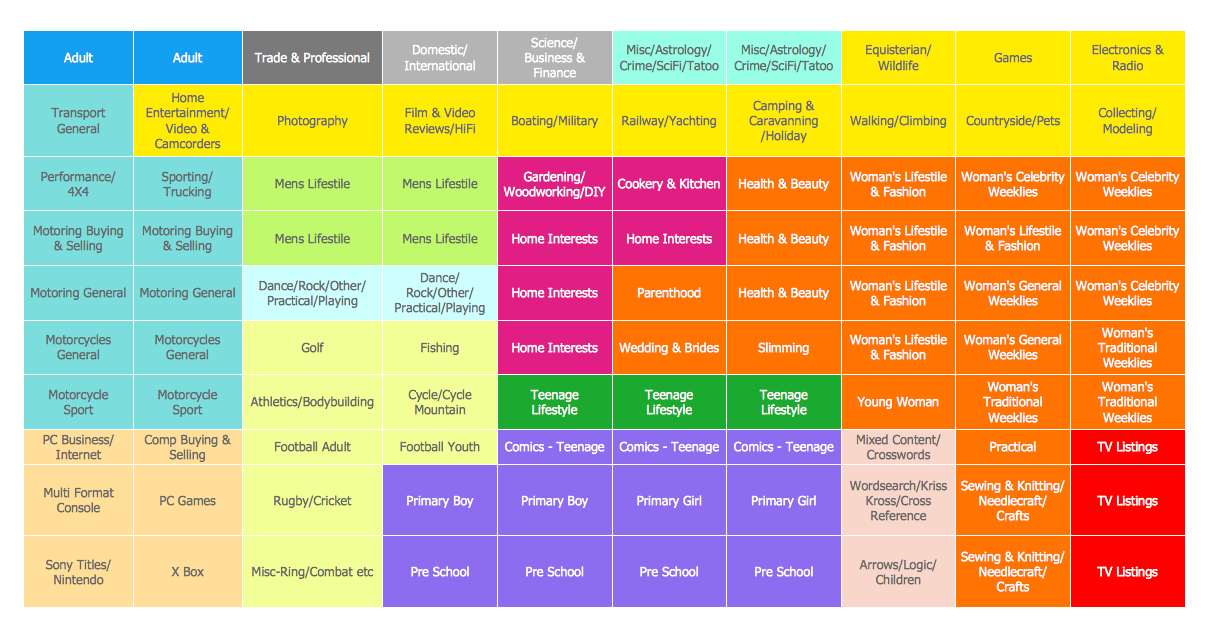

The next thing to do is to identify the products along with their brands and other specifications. Identify the products and brands on the planogram Some common types of displays are coolers, gondolas, pegboards, vending machines, slat walls, etc. Understand the specificationsįirst, you need to understand the specifications or dimensions and the type of display (or shelf space) being used. So, how exactly do you read a planogram? 1. If they don’t, it can result in planogram non-compliance - which means that the in-store experience you offer will fall short of the intended outcome. Your staff needs to know how to read a planogram so they can arrange those products accordingly. How to read a planogramĪ well-designed planogram will indicate the optimal location of every stock-keeping unit (or SKU) in your store. Knowing how to read a planogram is crucial as it can help you evaluate your sales strategies and uncover areas you can improve upon. They also ensure consistency across locations and calculate how much inventory they should stock for every product. While smaller stores can greatly benefit from planograms, they’re even more effective for big-box retailers who need to display numerous products from various suppliers.

Plus, they can help you plan your product displays and make them visually appealing to shoppers - with the obvious goal of increasing sales. It also provides people with better retail experiences by telling them where to look for specific products in your store. Why is this beneficial? It helps you make the most of your expensive retail space while providing a roadmap for your staff (so they know where all your products are). Not only does it indicate where products are placed on shelves, but it also shows you where your displays, aisles, and point-of-sale are located. It’s a schematic drawing or visual representation of a brick-and-mortar store that helps retailers plan their product placement and store layout to maximize sales. We’ll also find out how to read a planogram and discuss how you can implement one easily.Ī planogram (also known as POG) is a tool used by retailers in visual merchandising. This article will help you understand what a planogram is and why it’s important in retail merchandising. Now, how would they do that? By leveraging planograms. At the same time, they need to ensure that customers have an exceptional in-store shopping experience. Their focus should be to display the merchandise strategically while minimizing wasted space. One of the ways smart retailers can keep up is by utilizing their store spaces effectively to maximize sales.

For perspective, the five-year average before the pandemic was just 4.4%. Sales grew 6.7% in 2020, and the NRF predicts that it will end up somewhere between 10.5% and 13.5% to reach $4.44 trillion this year. The retail industry has been growing at unprecedented levels since the pandemic.


 0 kommentar(er)
0 kommentar(er)
